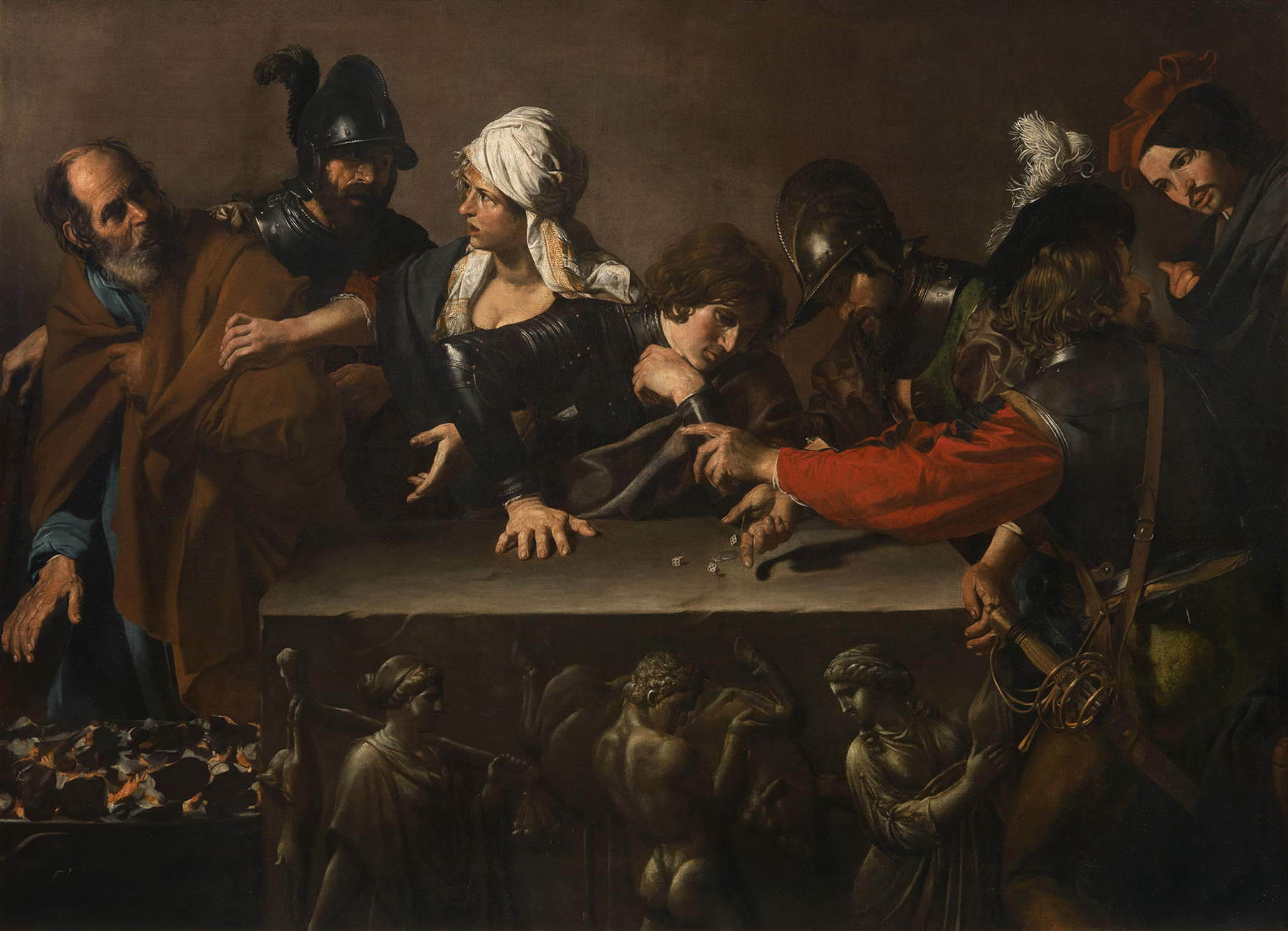Caravaggio for the first time in Romania: works from the Longhi Foundation on a trip to Timisoara
From November 16, 2024 to February 28, 2025, the Timișoara National Museum of Art is hosting a selection of works from the Roberto Longhi Foundation on a trip to Romania: the selected works go to make up the exhibition Luminile lui Caravaggio - Începutul Modernității în Pictura Europeană. Capodopere din colecția Roberto Longhi (“The Lights of Caravaggio - The Beginning of Modernity in European Painting. Masterpieces from the Roberto Longhi Collection”), an exhibition dedicated to the master Michelangelo Merisi da Caravaggio and his influence on European art. Curated in collaboration with the prestigious Roberto Longhi Foundation, the exhibition marks a historic moment for art in Romania, as for the first time a work by Caravaggio is exhibited in a Romanian museum.
The exhibition, held under the High Patronage of the Italian Ministry of Culture and the Romanian Ministry of Culture, displays Caravaggio’s Boy Bitten by a Lizard and is enriched by works by followers and interpreters of Caravaggism. Through the dramatic play of chiaroscuro, realism and emotional intensity typical of Caravaggio, the exhibition chronicles the beginning of modernity in painting, tracing its impact to the present day. Among the exhibition’s central themes is reflection on the representation of reality, a concept that Caravaggio revolutionized and that has been explored by philosophers such as Giambattista Vico and René Descartes. The “play of mirrors,” a metaphor dear to the Baroque, guides the layout of the exhibition, which becomes a dialogue between light and shadow, visible and invisible, appearance and truth.


The scenographic setting
Thescenic setting, inspired by Baroque techniques, engages visitors in an immersive experience. The works are presented with a strategic use of light and shadow, while velvet draperies recall the Baroque concept of world theater. A symbolic element of the exhibition is the use of the mirror, both as a physical object and as a metaphor. In a dedicated room, Caravaggio’s work is presented through a play of reflections that invites the viewer to question the boundary between vision and imagination. This approach transforms the exhibition into a philosophical meditation on art as a mirror of the human condition.
The Longhi Collection is considered a kind of reflection of Caravaggism, within which reside other mirrors, each revealing perspectives from different planes and angles of visibility. Philosophers such as Giambattista Vico and René Descartes considered the mirror not only an instrument of reflection, but also a medium that questioned the relationship between appearance and reality, truth and illusion. Similarly, the diagonal planes and niches in the collection alter the angle of the viewer’s perception, embodying this philosophical questioning of how reality is mirrored and understood.
In the inverted mirror on the wall where Caravaggio’s work is displayed, one encounters the invisible dimensions of the mirror, an allusion to the interplay between light and shadow that defines Caravaggism. This invisible aspect reflects the Baroque fascination with the interplay between visibility and invisibility, articulated in the writings of Athanasius Kircher and the visual strategies of chiaroscuro. The exhibition draws on the scenographic techniques of the Baroque period, in which direct light and shadow created dramatic contrasts, revealing and concealing with intention. Drapes resemble theatrical curtains, rising and falling, embodying the Baroque philosophy of theatrum mundi, the world as a stage where appearances are constantly changing. These elements invite the viewer to engage not only with the visible but also with the hidden, reflecting the philosophical discourse on mirrors as thresholds between reality and imagination, truth and illusion. Therefore, the exhibition aims to transform the act of viewing into a philosophical meditation on the nature of reflection and perception itself.
Alongside the masterpieces by the master, the exhibition includes works from the collection of Zsigmond Ormos, founder of the Timișoara National Museum of Art, which offer a historical and cultural counterpoint to the Italian Baroque, exploring the link between Caravaggism and 19th-century collecting practices. To enrich the experience, the museum has organized a series of educational programs, including guided tours, expert lectures, and interactive workshops devoted to Caravaggio’s painting techniques and his role in art history.
 |
| Caravaggio for the first time in Romania: works from the Longhi Foundation on a trip to Timisoara |
Warning: the translation into English of the original Italian article was created using automatic tools. We undertake to review all articles, but we do not guarantee the total absence of inaccuracies in the translation due to the program. You can find the original by clicking on the ITA button. If you find any mistake,please contact us.



























